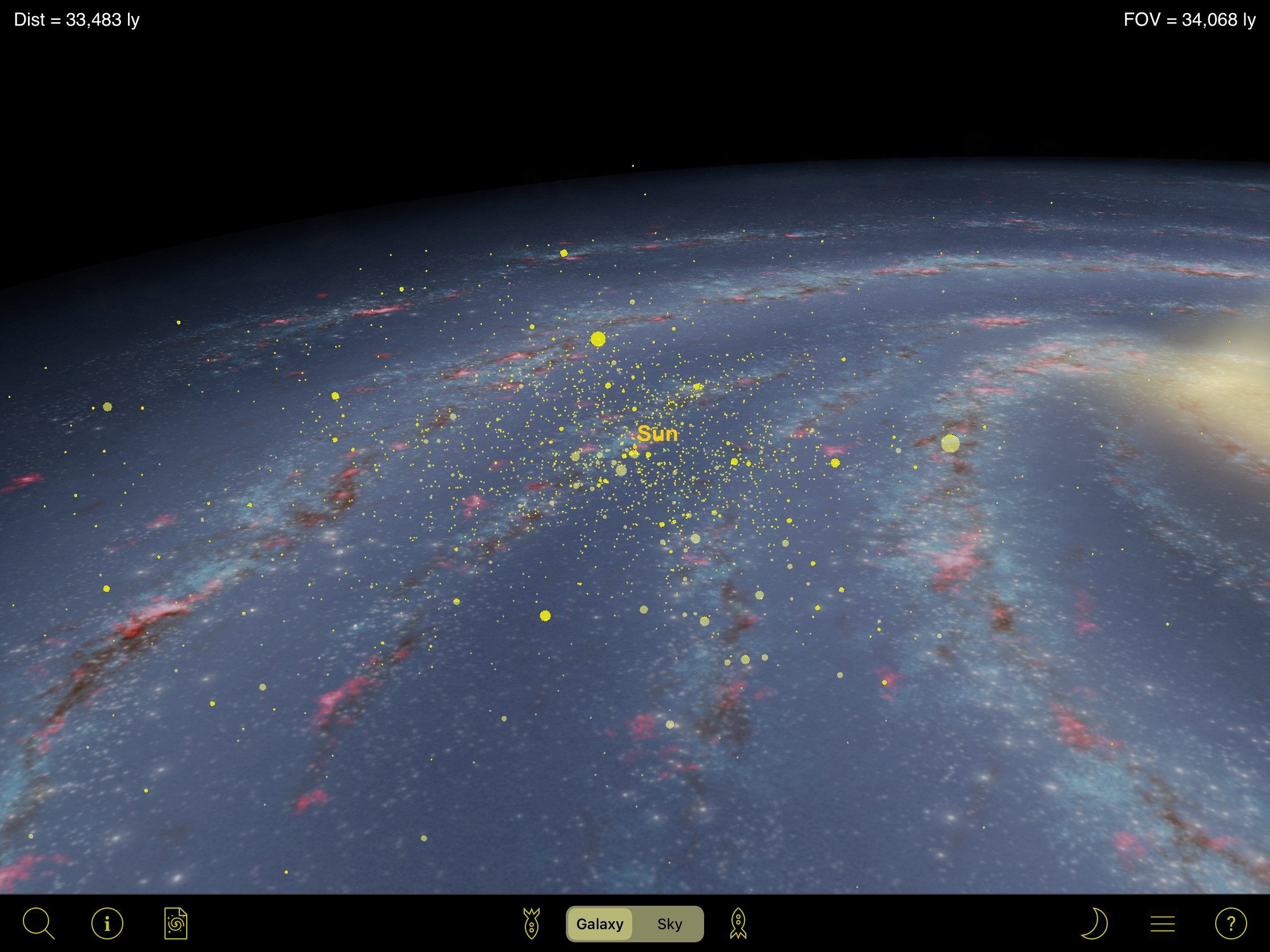Star Clusters Demo
Star cluster, either of two general types of stellar assemblages held together by the mutual gravitational attraction of its members, which are physically related through common origin. The two types are open (formerly called galactic) clusters and globular clusters. Nulla pharetra velit dui, eget aliquet dolor. Morbi lacus ante, condimentum id sodales vitae, volutpat at ante. Aliquam ac nulla sem. In eu ligula ero.
Star clusters are groups of stars that occur close to each other in space (and, thus, are gravitationally bound to one another), appear to have roughly similar ages, and therefore, seem to have had a common origin. Star clusters are typically classified into one of two large sub-groups: galactic clusters and globular clusters. Galactic clusters are sometimes also known as open clusters. Astronomers have identified thousands of galactic star clusters in the Milky Way galaxy, but no more than about 200 globular star clusters.
The two types of star clusters found in the Milky Way galaxy differ from each other in a number of ways. First, galactic clusters occur in the plane of the galaxy, while globular clusters are found outside the galactic plane in the region known as the galactic halo. Second, globular clusters tend to be much larger than galactic clusters, with an average of a few thousand to a million stars in the former and a few hundred stars in the latter. In fact, some galactic clusters contain no more than a half dozen stars. Probably the most famous of all galactic clusters is the Pleiades, or the Seven Sisters. This grouping consists of six or seven stars as seen by the naked eye, but of many more when viewed by a telescope. Third, globular clusters, as their name suggests, tend to have a rather clearly defined spherical shape with a higher concentration of stars at
the center of the sphere. In contrast, galactic clusters, as their alternative name—open clusters—suggests, tend to be more open and lacking in any regular shape.

Observations of star clusters consist of performing photometry on as many individual stars that can be measured in a cluster. Each star is plotted by its color and magnitude on the HR diagram. Shown below is one such diagram for the globular cluster M13. Note that the main sequence only exists for low mass G, K and M stars. Star Clusters Megaclusters is an online slot developed by Big Time Gaming and it’s the game developer’s first game to use their brand-new Megacluster mechanic. Wins are formed by making clusters and there’s a free-spins feature where wild multipliers are added to the reels. Star Clusters Megaclusters™ Demo ▷ Free Play + Review star clusters megaclusters free play Time to jet off into the stratosphere with Star Clusters Megaclusters™ from slot developer Big Time Gaming.

Star Clusters Democratic
Fourth, the compositions of stars found in each kind of cluster are quite different. The stars that make up galactic clusters tend to consist primarily of hydrogen (more than 90%) and helium (almost 10%), with small amounts of heavier elements (less than 1%). Stars in globular clusters, on the other hand, contain even smaller amounts of heavier elements. This difference suggests that the stars in galactic clusters are much younger stars than those in globular clusters. When the latter were formed, the universe still consisted almost entirely of hydrogen and helium, so those were the only elements used in the formation of globular cluster stars. Much later in the history of the universe, some heavier elements had been formed and were present at the formation of galactic cluster stars.
Astronomers found a new type of star cluster in 2005 within the Andromeda galaxy. Although similar in some ways to globular clusters (for instance, it contained hundreds of thousands of stars and the stars showed similar characteristics with other globular clusters), this star cluster was much larger across than what is normally seen. This cluster was also several hundred light-years across (where one light-year is the distance that light travels in vacuum in one year). In addition, the star cluster was hundreds of times less dense. There is much to be learned from this star cluster. The information yet to be discovered may very likely help scientists learn more about how stars are created, evolve, and eventually die out.
Star Cluster Emoji

Star Clusters Flower
Star clusters are important to astronomy because of the fact that these stars developed at about the same time. Thus, any differences seen within these stars is basically due to differences in mass. Theories of stellar evolution are often times based on studies of galactic and globular star clusters.